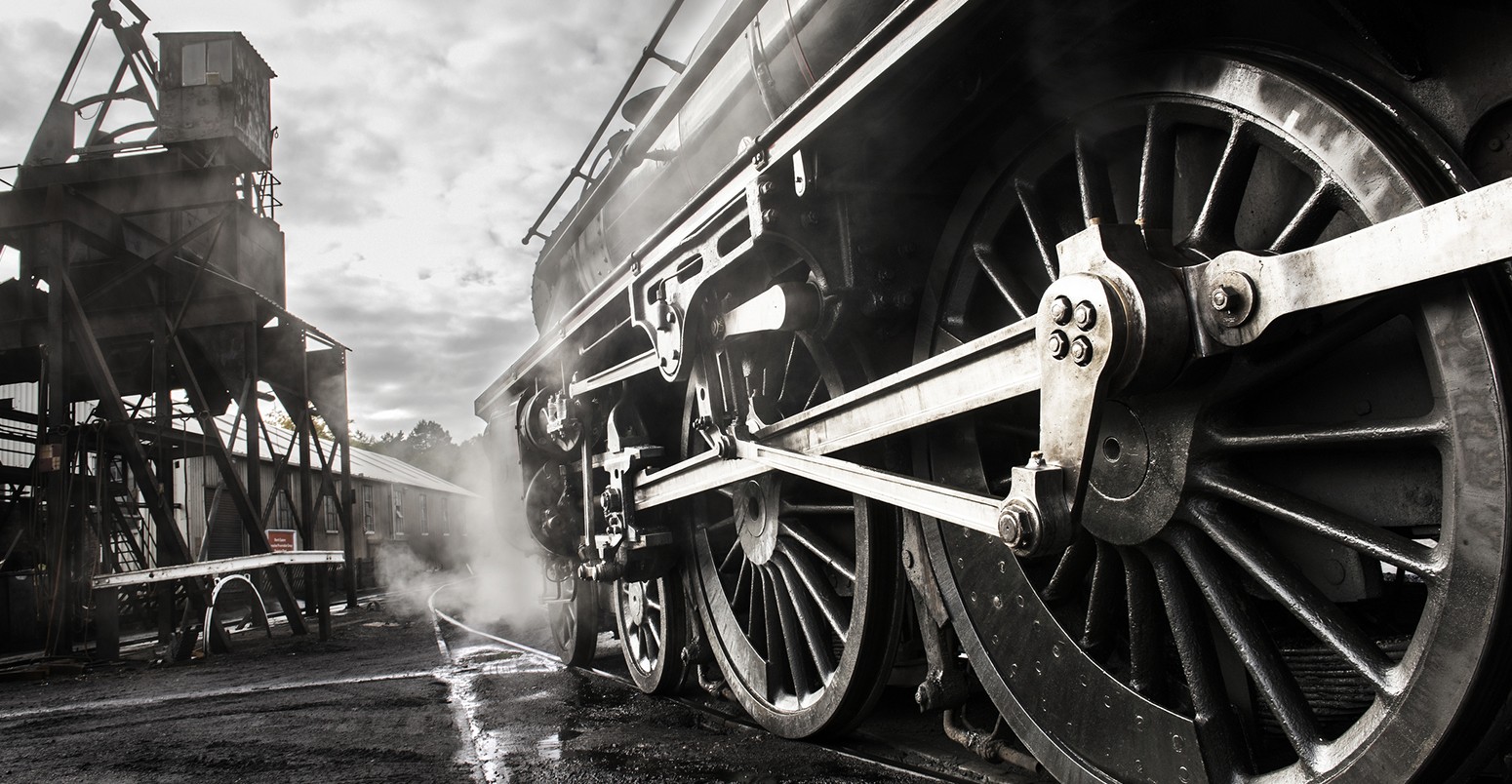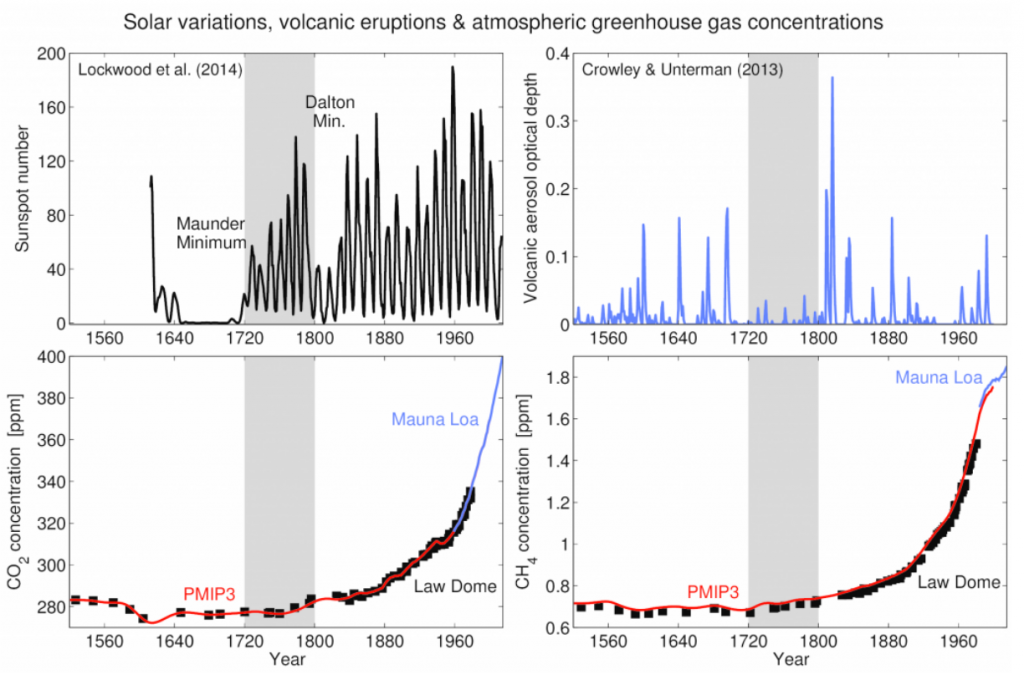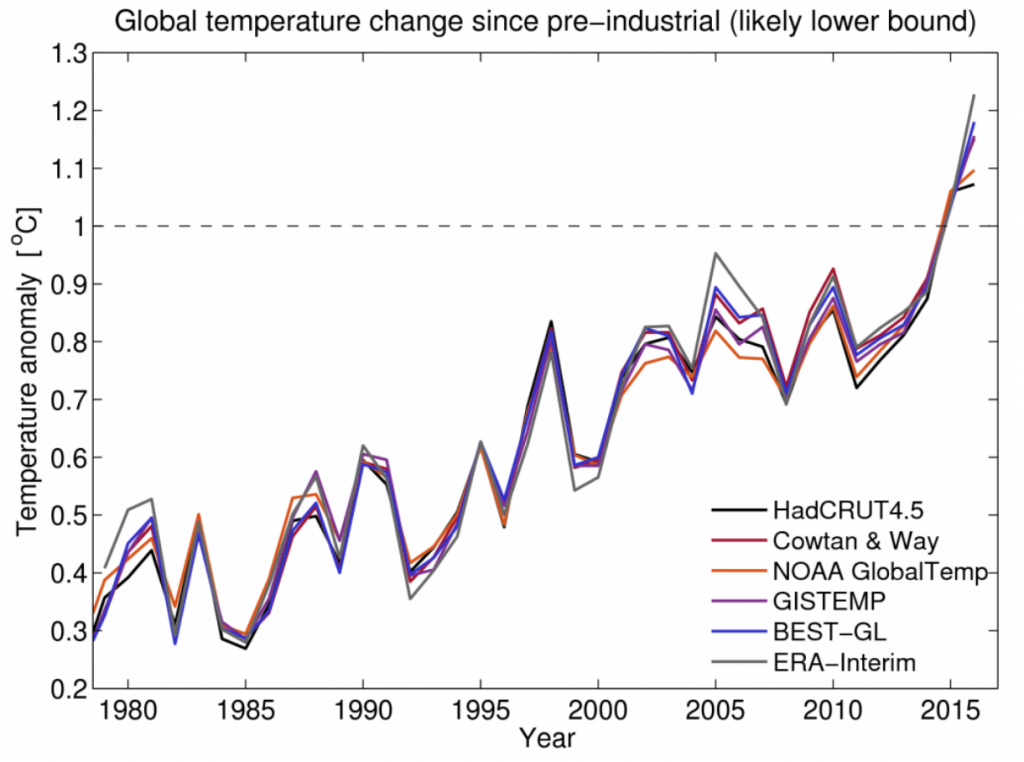
Guest post: The challenge of defining the ‘pre-industrial’ era

Dr Ed Hawkins
01.25.17
Dr Ed Hawkins
25.01.2017 | 7:15amThis is a cross-post from the Climate Lab Book blog, written by Dr Ed Hawkins, associate professor in the Department of Meteorology at the University of Reading.
The UN Paris Agreement on climate change aims to ensure increases in global temperature are less than 2C above pre-industrial levels, with an aspirational limit of 1.5C. However, the starting line of the “pre-industrial” era is not defined by the UN agreements, or by the Intergovernmental Panel on Climate Change (IPCC).
A new analysis by an international team of researchers aims to better define the pre-industrial baseline, informing the world’s decision makers on the required limits to greenhouse gas emissions needed to meet the terms of the Paris Agreement.
The study concludes that 2015 was likely the first time in recorded history that global temperatures were more than 1C above pre-industrial levels.
Which period is ‘pre-industrial’?
Since the invention of an efficient steam engine by James Watt in 1784, humans have been able to convert fossil fuels into energy, a process that releases carbon dioxide (CO2) into the atmosphere. As the industrial revolution gathered pace in the 19th century, the resulting increase in CO2 and other greenhouse gases started to warm the Earth.
To better define the Paris Agreement’s commitments, we need to select a suitable starting point for when humans began to influence the climate. However, there is no perfect choice.
Previously, the period 1850-1900 has been used as the historical baseline, but this period includes some large volcanic eruptions and is after greenhouse gas concentrations had already started to rise.
We suggest that the earlier period of 1720-1800 is a better choice for this baseline. This is because the major natural factors that also affect Earth’s climate – the levels of both solar and volcanic activity – were both at similar levels to today (see Figure 1).
This is important because we want to assess the changes due to human activity, rather than changes because of other factors. For example, the early 1800s were cooled by several large volcanic eruptions and so are unsuitable for a baseline. And before 1720 there was less solar activity and also several large volcanic eruptions.

Figure 1: Historical changes in different climate forcings. Top left: sunspot number as a measure of solar activity. Top right: estimated volcanic activity from ice core data. Bottom: carbon dioxide and methane concentrations from ice core data and direct observations. The grey regions indicate the selected period to represent ‘pre-industrial’. Source: Hawkins et al. (2017)
So, how much have global temperatures changed since pre-industrial? A problem with our chosen pre-industrial period is the limited availability of observed temperature records. We can make an assessment of changes in global temperature since the 1720-1800 period, but the uncertainties are quite large. In our study, we considered the long temperature records that do exist for central England, the Netherlands and Europe, as well as our understanding of historical changes in factors such as greenhouse gases, the sun and volcanic eruptions.
We found that global temperatures from the pre-industrial period up to 1986-2005 likely increased by more than 0.6C. This means that the year 2015 was at least 1C warmer than the pre-industrial era, and 2016 was likely to be more than 1.1C warmer (see Figure 2).

Global temperature changes from multiple datasets, presented as the lower bound on warming since the pre-industrial era. Source: Hawkins et al. (2017)
What does this mean for the Paris agreement?
Now we are able to define the starting line for the Paris agreement, we can also better define the finishing line. The IPCC 5th Assessment Report used 1850-1900 as a historical baseline (but did not formally define this as “pre-industrial”), and estimated the warming from then to 1986-2005 at 0.61C. The new analysis finds that this historical warming assumed by the IPCC is at the lower limit of what we assess is the true change since pre-industrial times.
There is also more to learn. We need volunteers to help rescue additional observations of climate from various undigitised sources to better understand the climate of the 19th century. Collection of additional palaeoclimate data for the 1720-1800 period may also help constrain estimates of warming since the pre-industrial era.
The study also suggests that policymakers might avoid the inevitable uncertainty in defining pre-industrial by reframing the temperature limits in terms of a more modern baseline. For example, 2C above the pre-industrial era might be translated into X degrees above 1986-2005 (or another modern baseline). This would allow use of better observations and atmospheric reanalyses to define the starting point, but would require more thought into what X should be. It would also better inform the difficult decisions about how much greenhouse gas emissions would need to be reduced to avoid breaching agreed global temperature thresholds.
This guest article is based on the following paper: Hawkins, E. et al. (2017) Estimating changes in global temperatures since the pre-industrial period, Bulletin of the American Meteorological Society, doi:10.1175/BAMS-D-16-0007.1

